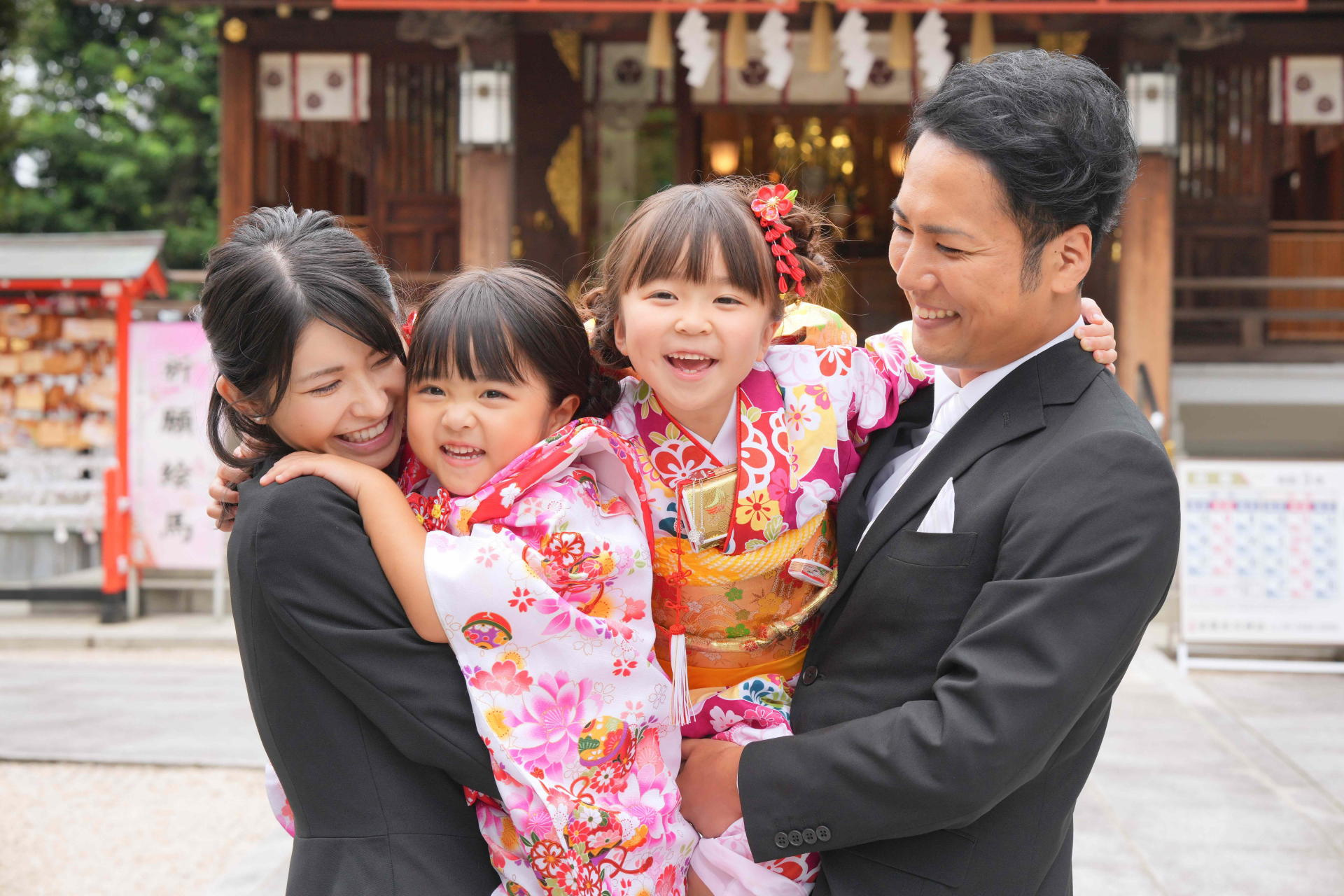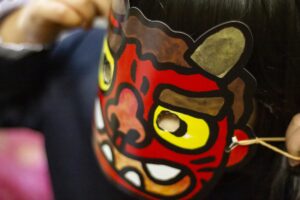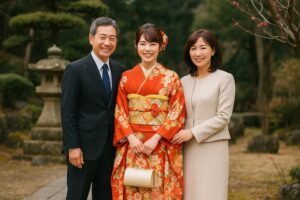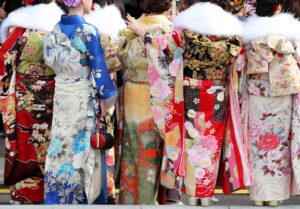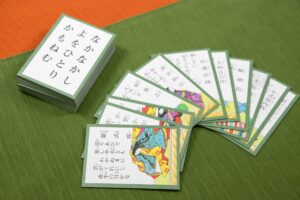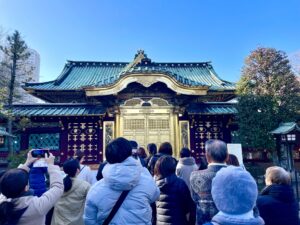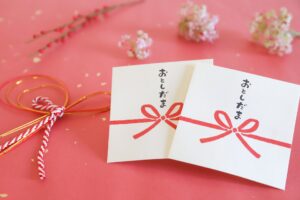Shichi-Go-San, or the 7-5-3 Festival, is one of Japan’s most beloved traditions for celebrating the growth of children. But where did this custom originate, and why are ages 3, 5, and 7 so significant? In this article, we’ll explore the deep historical and cultural roots of Shichi-Go-San, from its beginnings in the Heian and Edo periods to its modern-day celebrations across Japan and abroad.
The Historical Origins of Shichi-Go-San
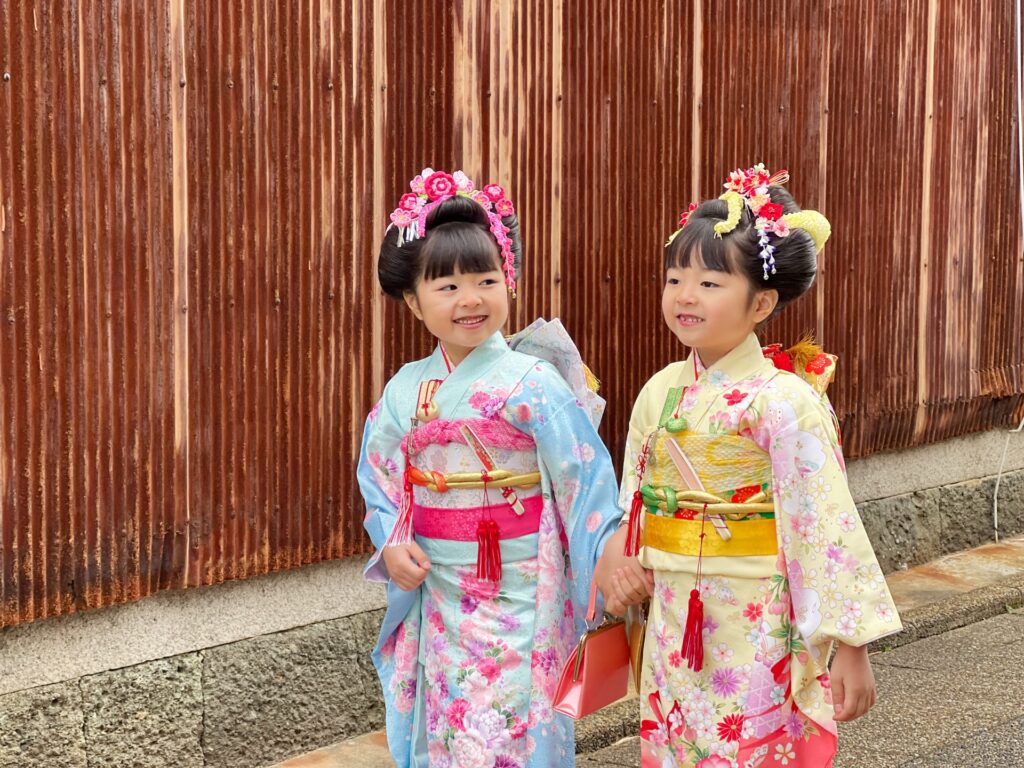
The earliest roots of Shichi-Go-San can be traced back to Japan’s Heian period (794–1185), when court nobles observed distinct rituals to mark key stages in a child’s growth. However, the celebration became more widely recognized and formalized during the Edo period (1603–1868), particularly among samurai families.
These warrior-class households adopted specific ceremonies to commemorate the health and social readiness of their children. Over time, these practices trickled down to merchant and commoner classes, becoming more standardized across society.
The ages of 3, 5, and 7 came to represent critical developmental milestones:
- Age 3 (kami-oki): The tradition of letting a child’s hair grow after it had previously been shaved, symbolizing physical growth and survival.
- Age 5 (hakamagi-no-gi): For boys, this marked the first time wearing the formal hakama, signifying entry into a more disciplined stage of life.
- Age 7 (obi-toki): Girls transitioned from wearing simple cords to obi belts, indicating maturity and cultural readiness.
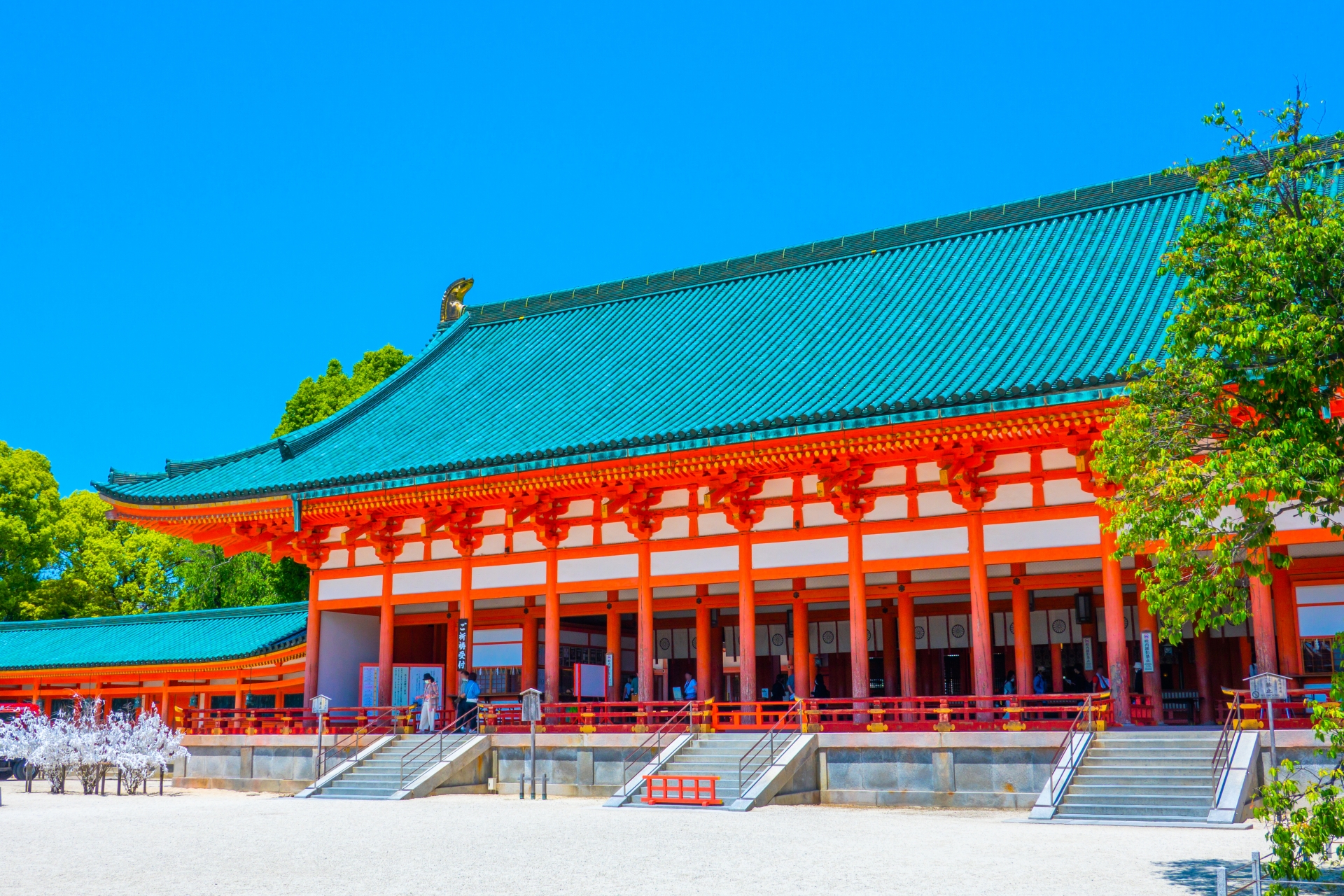


Historical Timeline of Shichi-Go-San
- Heian period: Nobility observe private growth rituals.
- Muromachi period (1336–1573): Early forms of age-based ceremonies become more common.
- Edo period: Samurai families solidify the ages and structure of the celebration.
- Meiji era onward: Shichi-Go-San spreads among all social classes, including urban commoners.
- Modern era: The festival becomes a national cultural practice, adapted across regions and even globally.
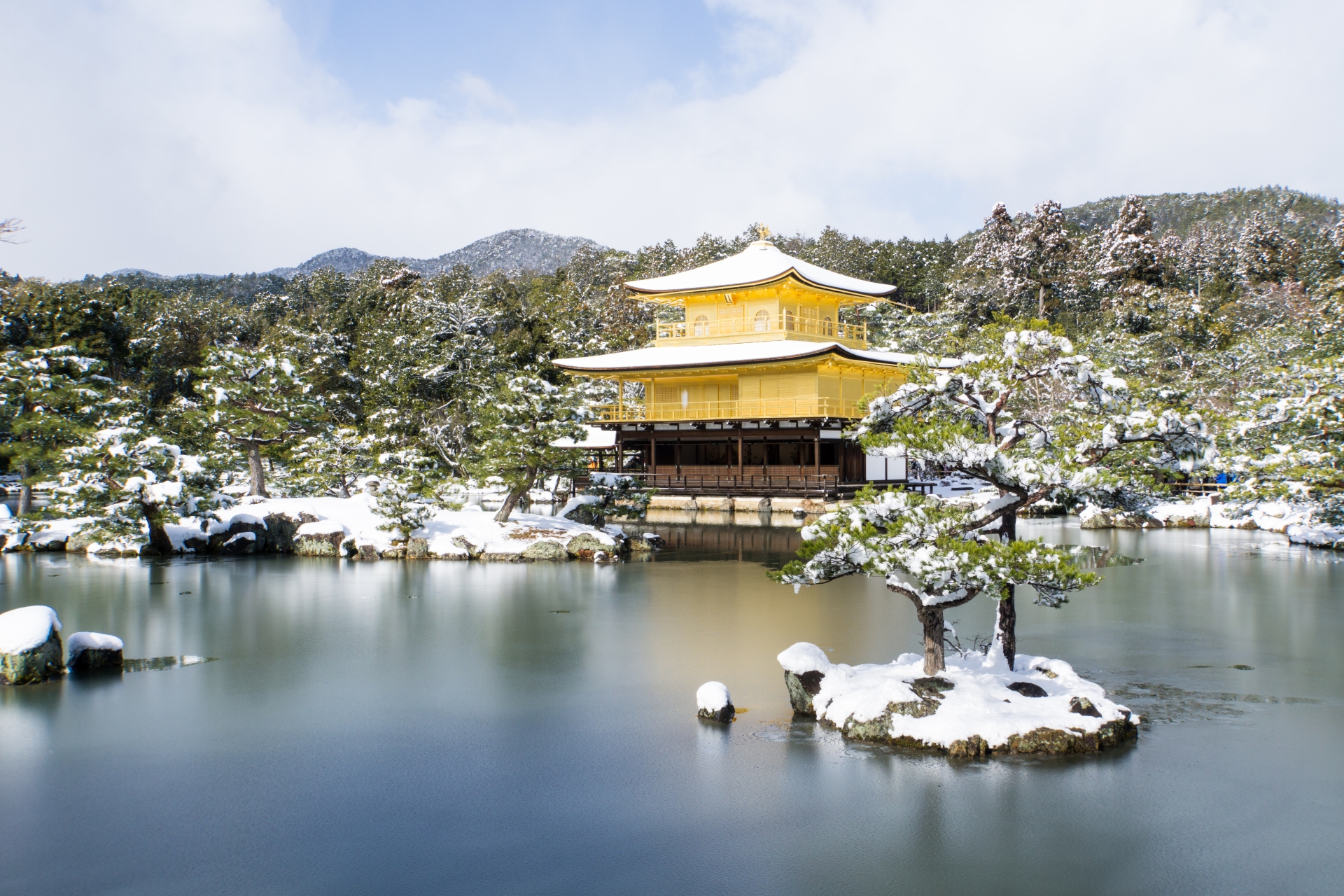
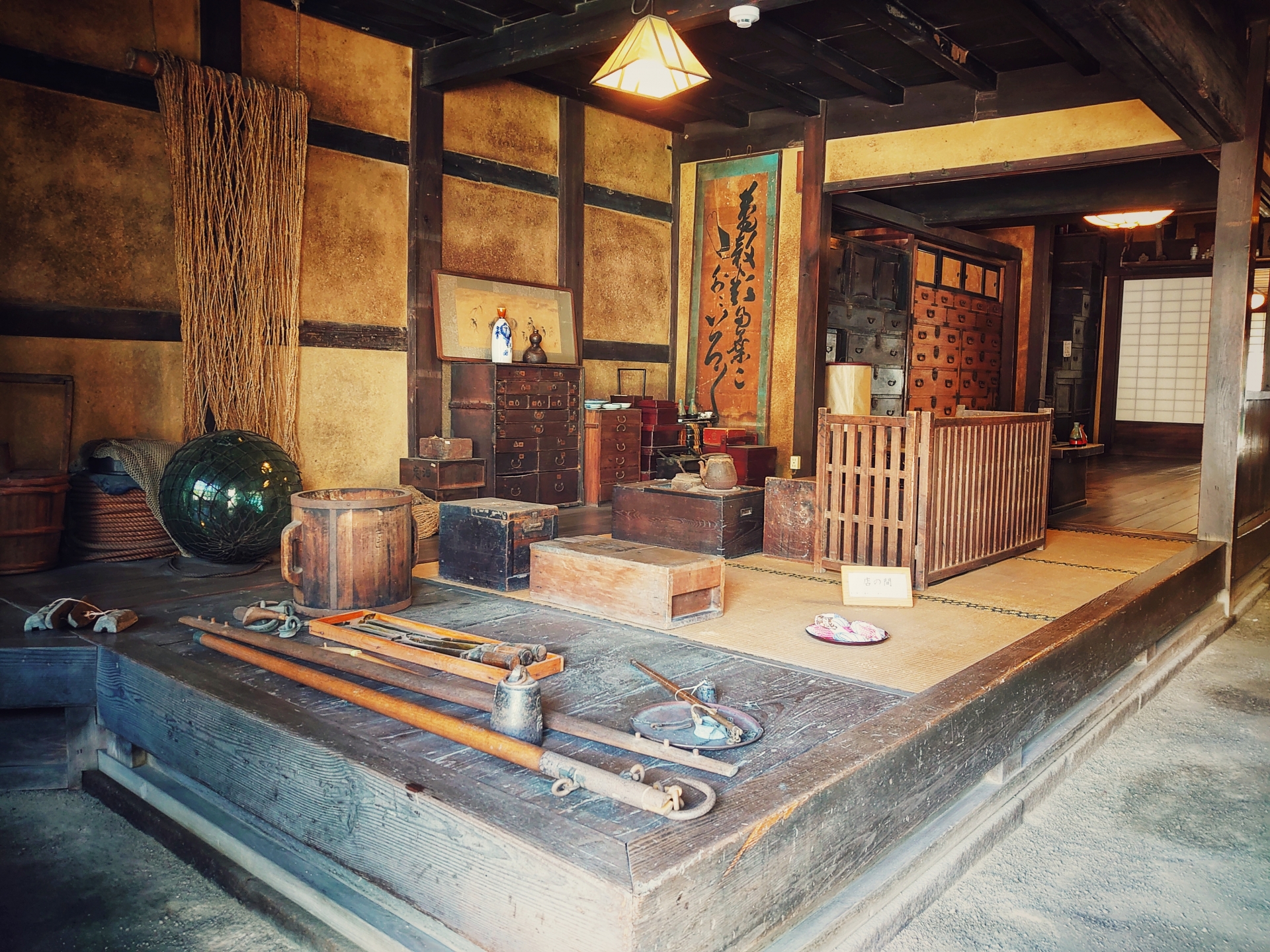
Cultural and Religious Significance
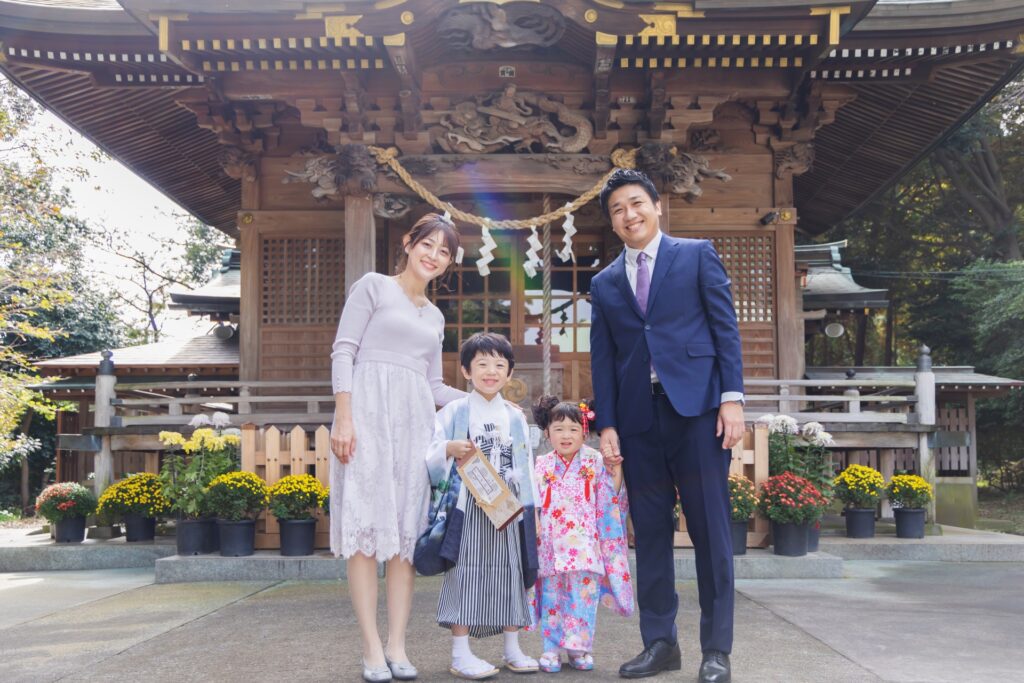
At the heart of Shichi-Go-San lies Shinto, Japan’s indigenous religion. The central ritual of the festival is the visit to a Shinto shrine, where families offer prayers for the continued health and happiness of their children.
These shrine visits follow a specific flow:
- Purification (お清め / okiyome): Cleansing hands and mouth at the shrine’s chozuya (water pavilion).
- Prayer (祈祷 / kitō): A Shinto priest conducts a ritual blessing, often chanting norito (prayers) for long life and health.
- Amulets (お守り / omamori): Families receive talismans, symbolic tokens of divine protection.
While Shinto dominates the celebration, Buddhist families may also mark the occasion in their own way, and some ceremonies incorporate Buddhist elements, especially in mixed-religion households.
This ritualized structure reflects traditional Japanese values: harmony with nature, reverence for life, and community ties. Shichi-Go-San is not merely a celebration—it’s a spiritual affirmation of a child’s connection to family, culture, and the divine.
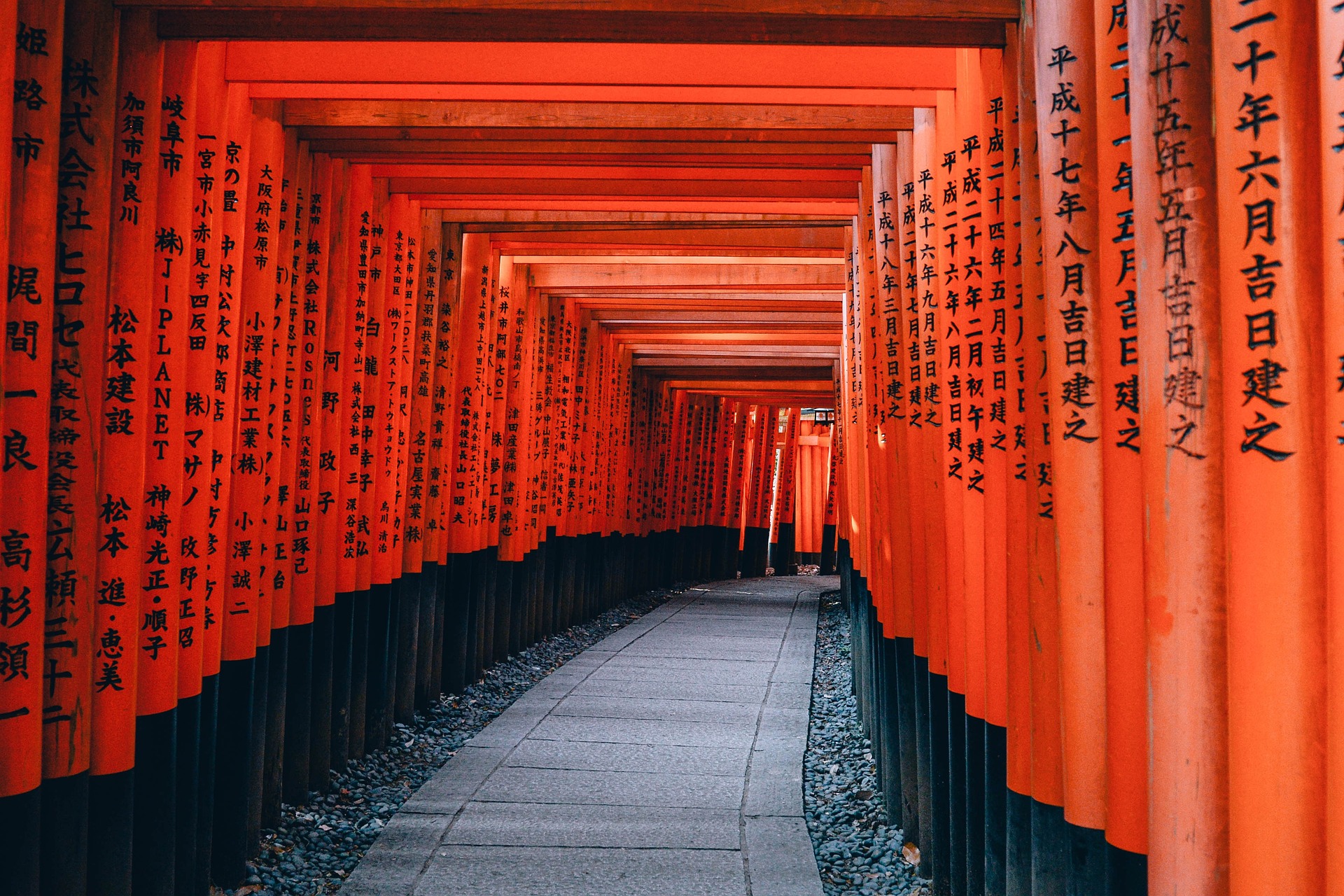
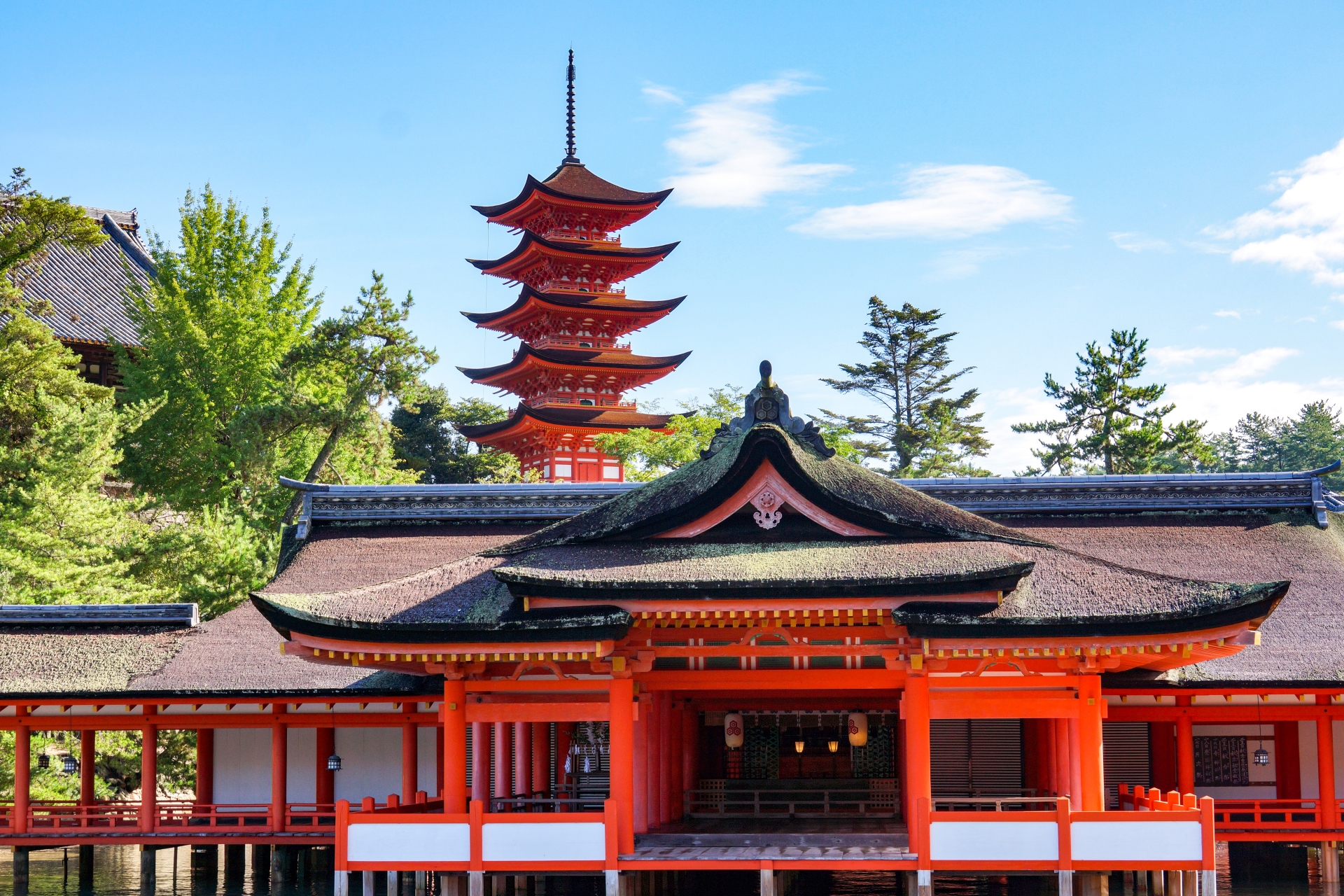
Meaning Behind the Numbers: Why 3, 5, and 7?
In Japanese culture, odd numbers—especially those below ten—are considered auspicious, a belief influenced by ancient Chinese numerology. The numbers 3, 5, and 7 are particularly favored as they symbolize growth, vitality, and spiritual development.
Each age also corresponds to a key cultural rite:
- 3 years old: Traditionally, both boys and girls were allowed to begin growing their hair, known as kami-oki.
- 5 years old: Boys participated in the hakama-gi, wearing formal hakama trousers for the first time.
- 7 years old: Girls transitioned to wearing an obi sash with a kimono in the obi-toki ceremony, symbolizing elegance and maturity.
Over time, gender-specific observances developed:
- Boys: Celebrate at ages 3 and 5.
- Girls: Celebrate at ages 3 and 7.
This division reflects historical perceptions of gender and social roles, although in contemporary celebrations, many families choose to include all three ages for both boys and girls.
Evolution of the Celebration Through Time
While the core purpose of Shichi-Go-San—praying for a child’s healthy growth—remains the same, the way it’s celebrated has evolved dramatically.
Edo Period (1603–1868)
- Celebrated by samurai and aristocrats.
- Home-based ceremonies or private shrine visits.
- Children dressed in layered kimono; no photography.
Meiji Period (1868–1912)
- Western influences begin to affect dress and customs.
- Public shrine visits become more common.
Showa Era (1926–1989)
- Rise of urban photography studios.
- Families start dressing children in rented kimono.
- More accessible for the middle class.
Modern Day
- Professional photo shoots are the norm.
- Shrines offer package blessings and gifts.
- Some opt for Western-style clothing or hybrid fashion.
From household rites to full-blown events documented by photographers, Shichi-Go-San has adapted to societal shifts while retaining its symbolic core.
Regional and Modern Variations
Despite being a national tradition, Shichi-Go-San is not uniform across Japan. Regional customs, local shrine practices, and even weather patterns influence how the festival is celebrated.
Urban vs. Rural
- Urban areas: Emphasis on photography, stylized clothing, and shrine packages.
- Rural areas: Smaller-scale ceremonies, often with homemade kimono or community support.
Examples of Regional Differences:
- Okinawa: Some families observe Shichi-Go-San in conjunction with indigenous Shinto-Buddhist hybrid rituals.
- Kyoto: Use of historic temples and seasonal aesthetics for traditional photos.
- Tokyo: Popular shrines like Meiji Jingu attract thousands of visitors, leading to pre-booked services.
International Celebrations:
In countries like the United States, Brazil, and Canada, Japanese cultural centers and Buddhist temples host community events for Shichi-Go-San. Families gather for group blessings, potluck meals, and even kimono rentals.
These modern adaptations help maintain the tradition across continents, fostering cultural continuity among diaspora communities.
The Role of Chitose Ame and Other Traditions
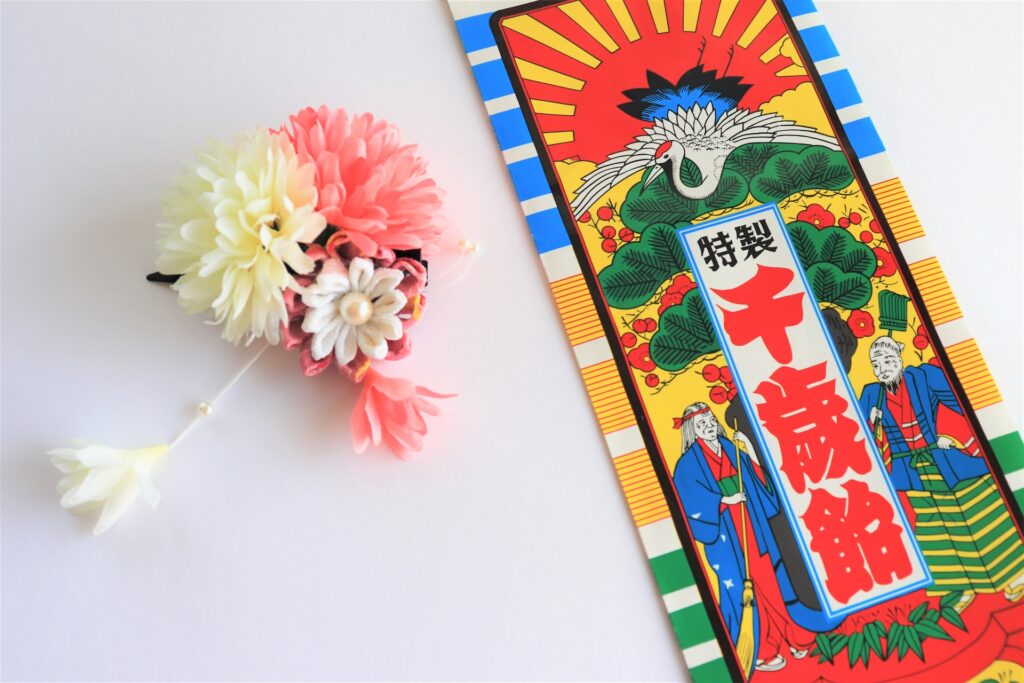
One of the most recognizable symbols of Shichi-Go-San is the Chitose Ame (千歳飴)—literally “thousand-year candy.” These long, red-and-white sticks are wrapped in bags illustrated with cranes and turtles—emblems of longevity in Japanese culture.
Symbolism of Chitose Ame:
- Length: Represents long life.
- Colors: Red for good luck; white for purity.
- Packaging: Decorated with pine, bamboo, and plum—symbols of resilience and hope.
Other traditional aspects include:
- Kimono: Often passed down through generations or rented from photo studios.
- Gifts: Ranging from toys and books to traditional charms.
- Photography: A booming industry, with seasonal demand every November.
Celebrating Shichi-Go-San Abroad
For Japanese families living overseas, preserving cultural traditions like Shichi-Go-San requires creativity and community.
How to Celebrate Abroad:
- Connect with local Japanese organizations: Cultural centers often host seasonal events.
- Find nearby Buddhist temples or Shinto shrines: Some offer blessings or host Shichi-Go-San festivals.
- Rent or borrow traditional outfits: Some Japanese expat groups maintain kimono libraries.
- Create your own celebration at home: Include prayers, family photos, and a meal with traditional foods.
Real-Life Example:
In Los Angeles, the Japanese American Cultural & Community Center (JACCC) organizes an annual Shichi-Go-San event, complete with kimono dressing, shrine prayers, and professional photography.
Platforms like Reddit, Quora, and Facebook groups also feature stories and ideas from Japanese families sharing how they keep the tradition alive abroad.
Conclusion: Preserving a Timeless Tradition
Shichi-Go-San is more than just a charming children’s festival—it’s a deeply rooted celebration of life, resilience, and cultural identity. Originating in the noble courts of ancient Japan and nurtured by samurai customs, the tradition has evolved into a global ritual embraced by families far beyond Japan’s borders.
As modern families adapt the celebration to fit their lives—whether through local shrines, living rooms, or photography studios—the heart of Shichi-Go-San remains unchanged: honoring the health and happiness of children as they grow.
In a fast-changing world, traditions like Shichi-Go-San offer a powerful reminder of the value of heritage, the joy of community, and the timeless wish for a long and prosperous life.

